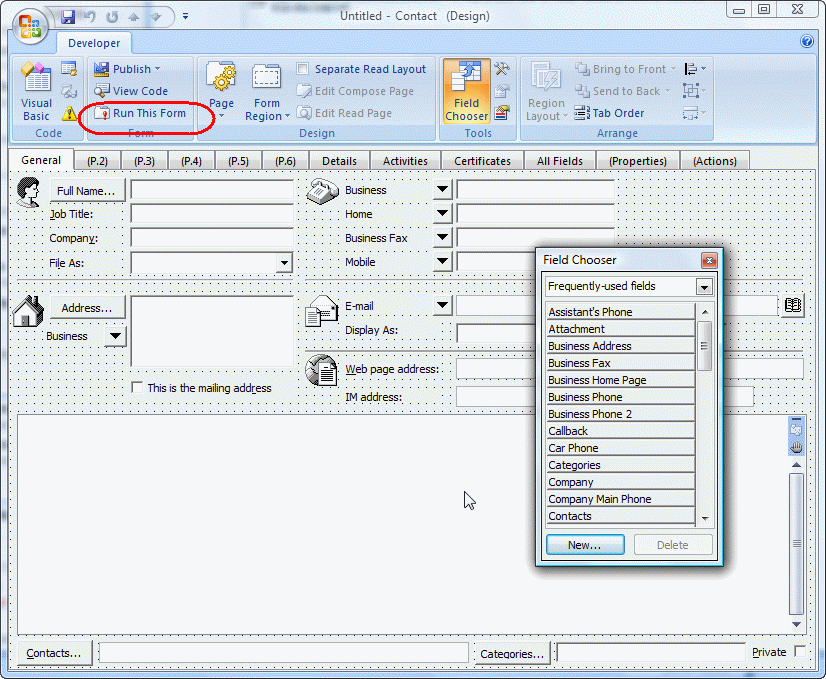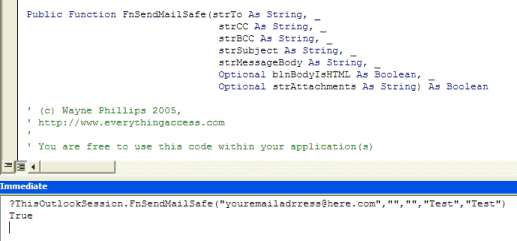

The below given code snippet supplies To, CC and BCC fields. Step 5: Providing the receivers of mail: You must be aware of To, CC and BCC fields of Outlook. Set objOL_MailItem = objOL_app.CreateItem(olMailItem) 'Creating Instance of Declaring Outlook Mail Item Object Step 4: Declaring & Instantiating Outlook Mail Item Object: The below given code snippet declares objOL_app as Outlook mail item object and creates an instance of it. 'Creating Instance of Declaring Outlook Application Object Step 3: Declaring & Instantiating Outlook Application Object: The below given code snippet declares objOL_app as Outlook application object and creates an instance of it. Step 2: Creating a sub procedure in VBA: write the below given code snippet in VB editor. Now we have added reference to Outlook Object Library.

'Create the rule by adding a Receive Rule to Rules collection 'Get Rules from Session.DefaultStore object 'Assume that target folder already exists 'Specify target folder for rule move action Sub CreateRule()ĭim colRuleActions As Outlook.RuleActionsĭim oMoveRuleAction As Outlook.MoveOrCopyRuleActionĭim oFromCondition As Outlook.ToOrFromRuleConditionĭim oExceptSubject As Outlook.TextRuleCondition Note that the code sample assumes that there already exists a folder "Dan" under the Inbox. The code sample uses the RuleAction and RuleCondition objects to specify a rule that forwards messages from a specific sender to a specific folder, unless the message contains certain terms in the subject. The following code sample in Visual Basic for Applications (VBA) uses the Rules object model to create a rule. The ExecutionOrder of other rules in the collection is incremented by 1. When a rule is added to the collection, the Rule.ExecutionOrder of the new rule is 1.

The RuleType parameter of the added rule determines valid rule actions, rule conditions, and rule exception conditions that can be associated with the Rule object. Names of rules in a collection are not unique.Ī constant in the OlRuleType enumeration that determines whether the rule is applied on sending or receiving a message.Ī Rule object that represents the newly created rule. Parameters NameĪ string identifier for the rule, which will be represented by Rule.Name after rule creation. Create( _Name_, _RuleType_ )Įxpression A variable that represents a Rules object. Creates a Rule object with the name specified by Name and the type of rule specified by RuleType.


 0 kommentar(er)
0 kommentar(er)
